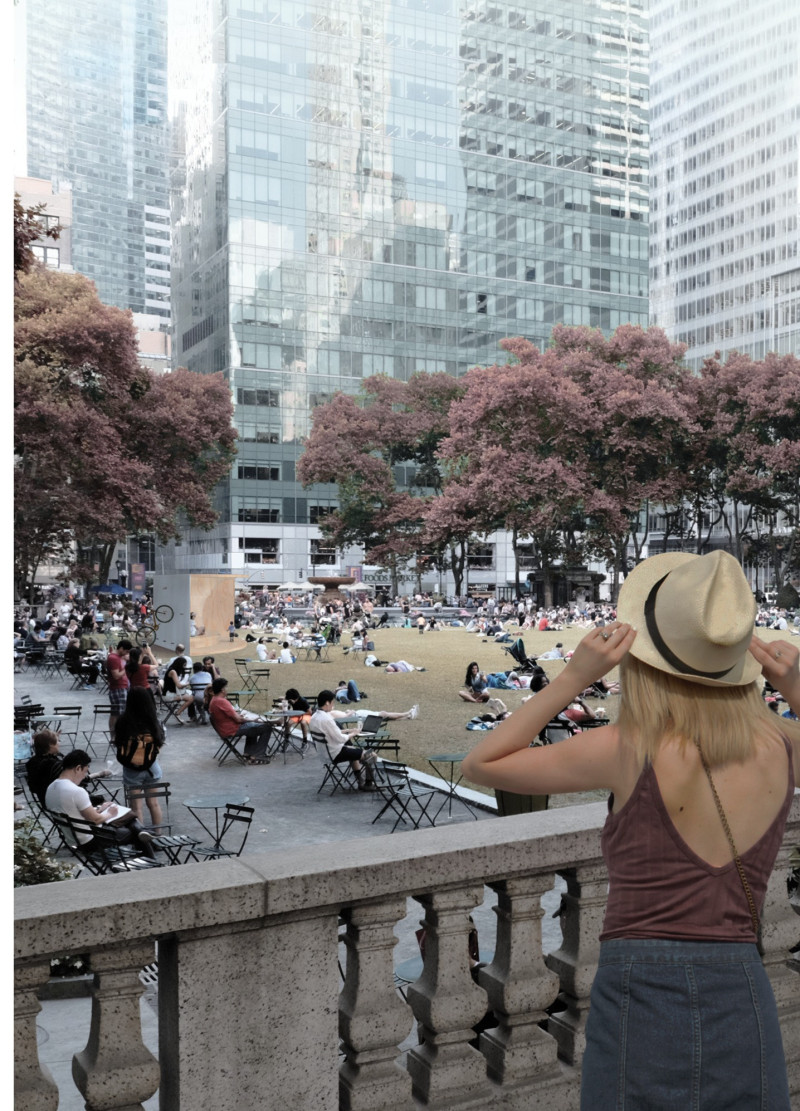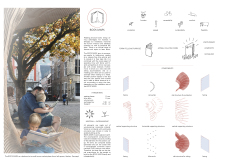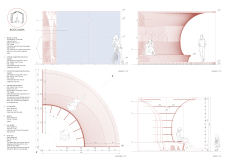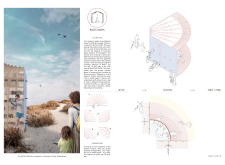5 key facts about this project
The BOOK.MARK is an architectural installation designed to enhance the experience of reading in public spaces. Located in urban parks and town squares, it offers a welcoming environment where individuals can read or socialize with others. The overall design aims to promote the love of literature while adapting to various settings and surroundings.
Materials and Construction
Wood-polymer composite materials are used in the construction of the BOOK.MARK. This choice provides durability while making the structure suitable for outdoor conditions. The material is resistant to moisture and maintains the warm appearance of wood. The design incorporates both horizontal and vertical elements, allowing for straightforward assembly and the possibility of relocation. The structure can be manufactured efficiently, ensuring its components fit together precisely.
Spatial Organization
The layout of the BOOK.MARK is divided into specific zones for different activities. Visitors are greeted with bike racks that encourage cycling to the site. Inside, an expansive bookshelf stretches across the back, formed by slats arranged to allow natural light to pour in. This creates an inviting atmosphere, ideal for reading or exploring various topics.
User Interaction
The installation is designed to support a range of activities: reading, resting, and socializing. The seating in the front area accommodates various sitting styles, making it easy for people to relax or chat with friends. In contrast, the back provides a more private space for browsing books or enjoying a moment of quiet. This setup helps foster community connections while still offering individuals their own space.
Design Detail
The slatted bookshelf stands out as a significant feature, resembling the pages of an open book. This design choice emphasizes the central theme of literature and invites visitors to engage with the collection. The interplay of light through the slats enhances the reading experience, making the BOOK.MARK an inviting place to discover new stories.





















































